10 Best Herbal Decoctions For Throat Redness
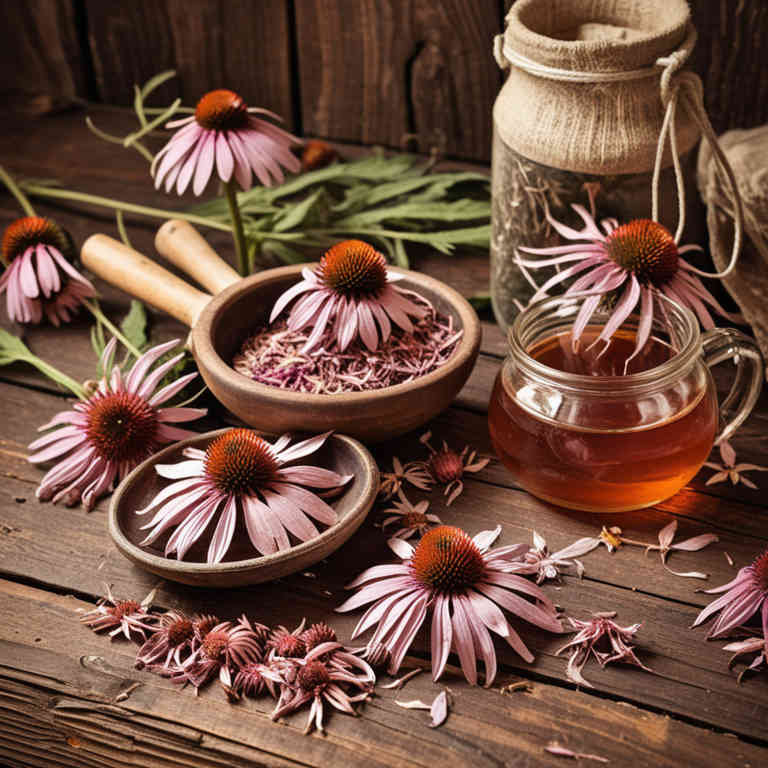
Herbal decoctions have been traditionally used to alleviate throat redness by soothing inflammation and reducing irritation.
Commonly used herbs such as echinacea, licorice root, and slippery elm are known for their anti-inflammatory and antimicrobial properties. To prepare a decoction, these herbs are typically simmered in water for an extended period to extract their active compounds. Drinking the warm decoction several times a day can provide relief from symptoms like soreness and swelling.
While generally safe, it is advisable to consult a healthcare professional before using herbal remedies, especially for prolonged or severe throat conditions.
FREE Herb Drying Checklist
How to make sure every batch retains maximum flavor, color, and aroma without the risk of mold or over-drying. Eliminate guesswork and trial-and-error, making herb drying faster, easier, and more efficient every time.
Table of Contents
1. Glycyrrhiza glabra
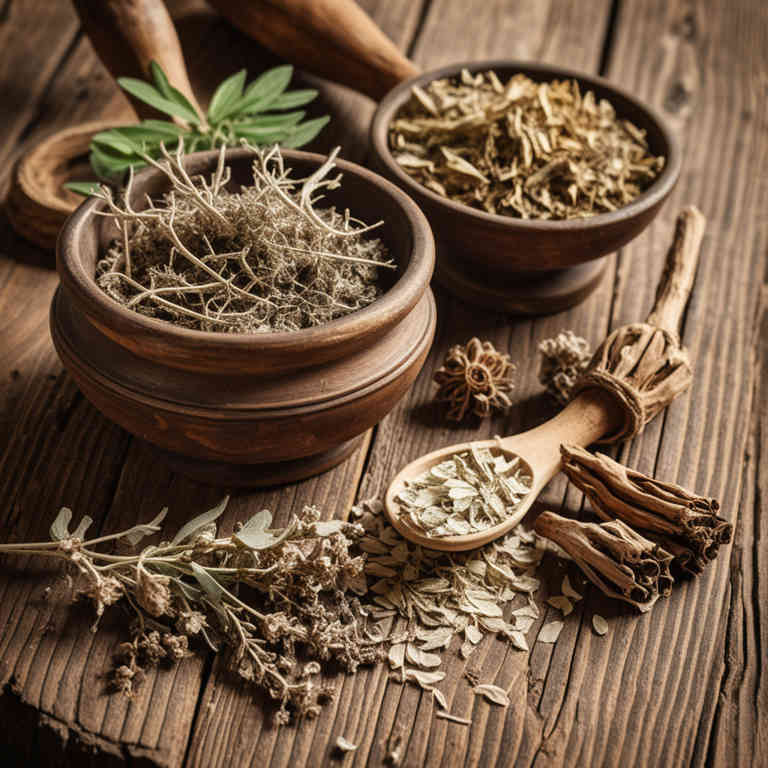
Glycyrrhiza glabra, commonly known as licorice root, has been traditionally used in herbal medicine for its soothing effects on the throat.
Herbal decoctions made from licorice root are often prepared by simmering the dried root in water to extract its active compounds, including glycyrrhizin and flavonoids. These decoctions are valued for their anti-inflammatory and demulcent properties, which help reduce throat redness and irritation. The mild sweetness of licorice root also provides a pleasant taste, encouraging regular use for relief from sore throats.
However, long-term use of licorice root decoctions should be approached with caution due to potential side effects such as hypertension and electrolyte imbalances.
2. Thymus vulgaris
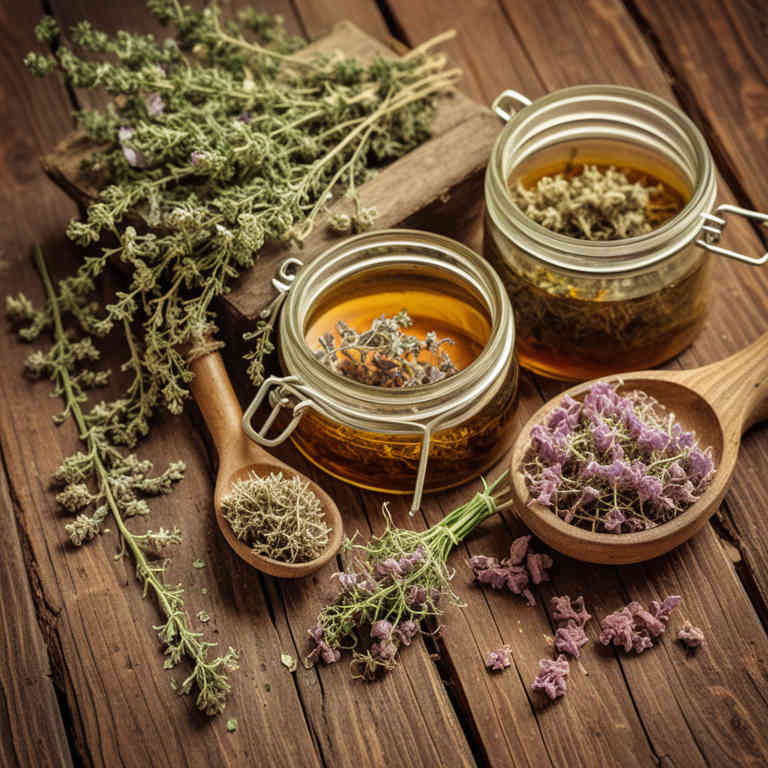
Thymus vulgaris, commonly known as thyme, has been traditionally used in herbal medicine for its soothing and antimicrobial properties.
A decoction of thymus vulgaris can be prepared by simmering the dried leaves and flowers in water for several minutes, allowing the active compounds to infuse into the liquid. This herbal decoction is often used to alleviate throat redness due to its high concentration of essential oils, such as thymol, which have anti-inflammatory and antiseptic effects. The warm, aromatic infusion can be consumed as a tea to help reduce irritation and promote healing in the throat.
While generally safe, it is advisable to consult a healthcare professional before using thyme decoctions, especially for those with allergies or existing medical conditions.
3. Echinacea purpurea
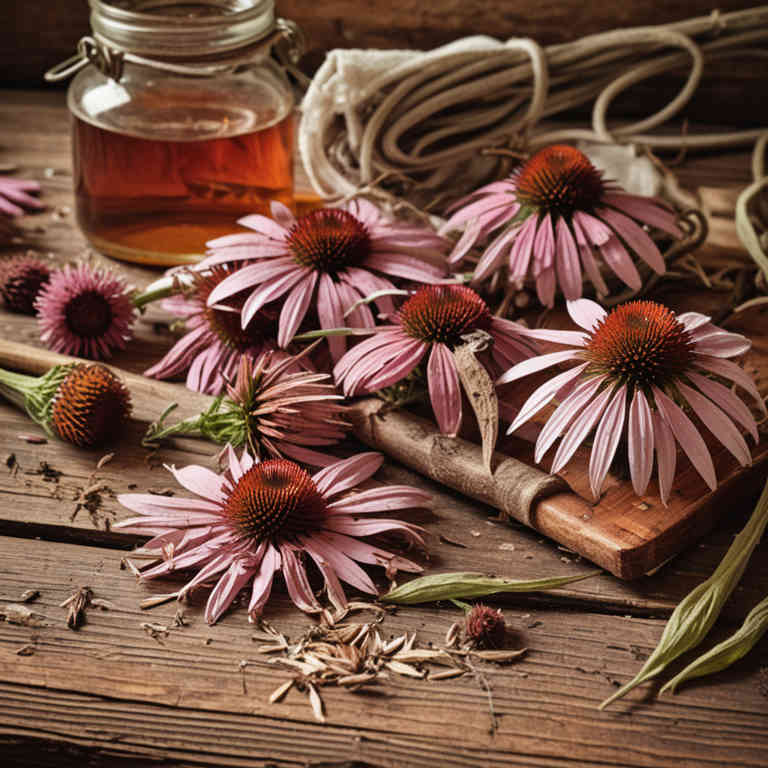
Echinacea purpurea, commonly known as purple coneflower, is a popular herbal remedy used to support immune function and alleviate symptoms of respiratory infections.
Herbal decoctions made from echinacea purpurea are often prepared by simmering the dried roots, leaves, or flowers in water to extract their active compounds. These decoctions are believed to have anti-inflammatory and antimicrobial properties that may help reduce throat redness and discomfort associated with conditions like sore throat or pharyngitis. Some studies suggest that echinacea may shorten the duration of colds and reduce their severity, although results can vary.
While generally considered safe for short-term use, it is important to consult a healthcare provider before using echinacea, especially for individuals with allergies or those taking other medications.
4. Urtica dioica
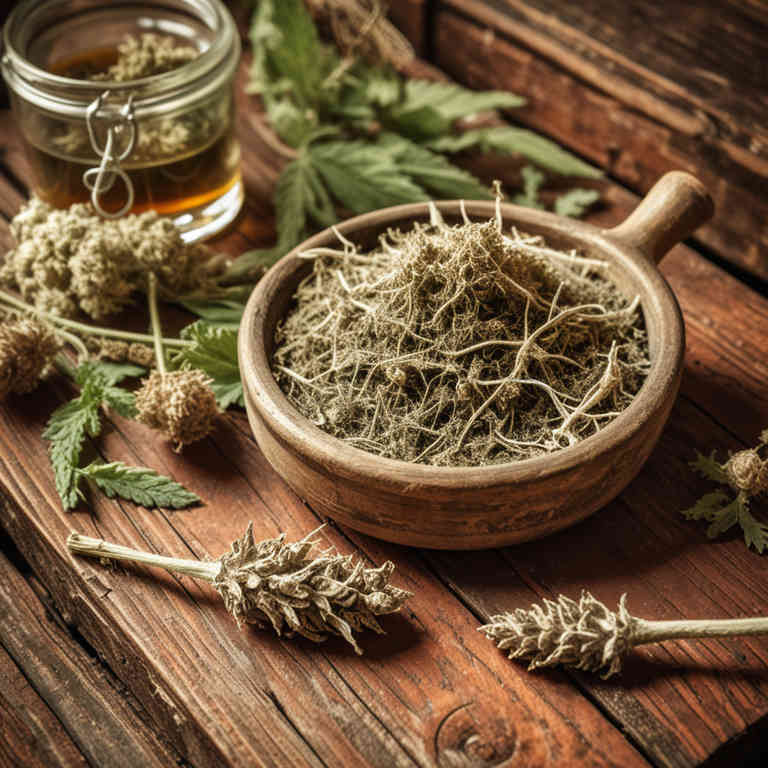
Urtica dioica, commonly known as stinging nettle, has been traditionally used in herbal medicine for its anti-inflammatory and soothing properties.
When prepared as a decoction, it can help alleviate throat redness by reducing inflammation and irritation in the mucous membranes. To make the decoction, the fresh or dried leaves are simmered in water for about 15 to 20 minutes, allowing the active compounds to be extracted. This herbal remedy is often recommended for individuals suffering from sore throats caused by infections or excessive vocal strain.
However, it is important to consult a healthcare professional before use, especially for those with allergies or existing medical conditions.
5. Mentha piperita
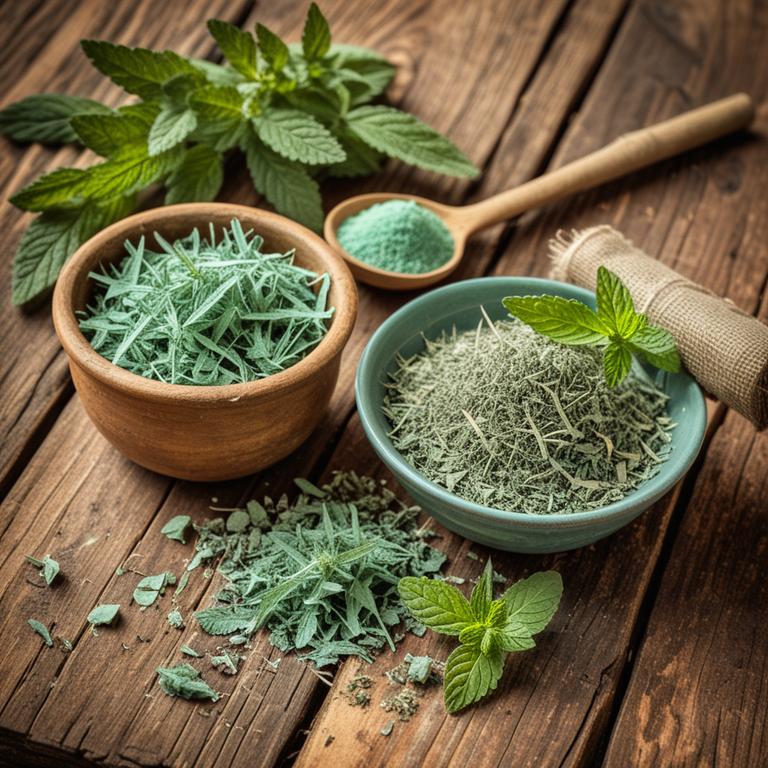
Mentha piperita, commonly known as peppermint, is often used in herbal decoctions to alleviate throat redness due to its cooling and anti-inflammatory properties.
A typical preparation involves steeping fresh or dried peppermint leaves in hot water to create a soothing herbal tea. This decoction can help reduce inflammation and soothe irritation in the throat, making it beneficial for conditions like sore throat or laryngitis. The menthol content in peppermint provides a mild numbing effect, which can ease discomfort and promote easier swallowing.
While generally safe, it is advisable to consult a healthcare professional before using peppermint decoctions, especially for prolonged or severe throat conditions.
6. Zingiber officinale
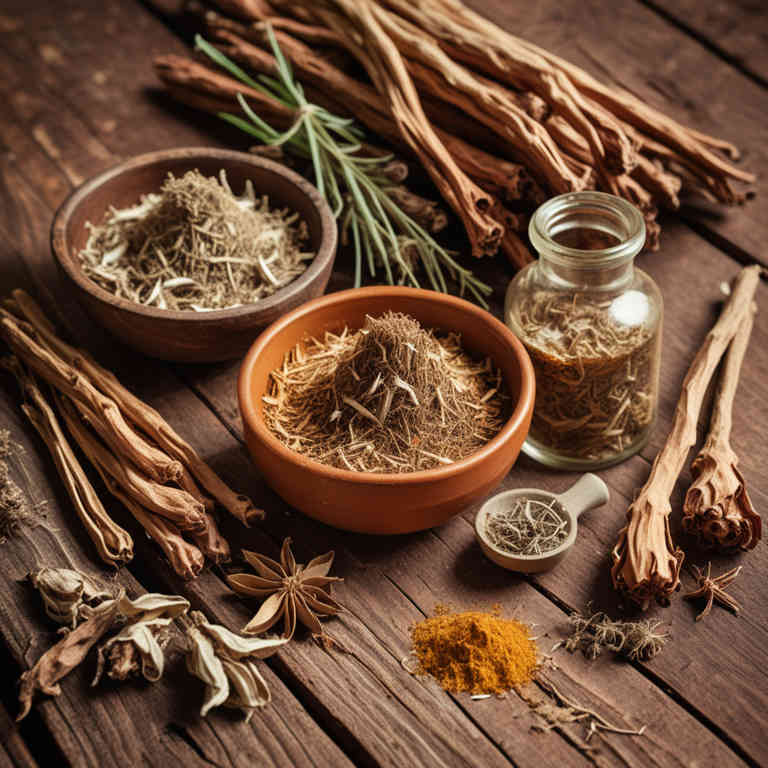
Zingiber officinale, commonly known as ginger, has been traditionally used in herbal medicine for its anti-inflammatory and soothing properties.
When prepared as a decoction, ginger can help alleviate throat redness by reducing inflammation and soothing irritated tissues. To make a ginger decoction, fresh ginger root is sliced and simmered in water for several minutes, allowing the active compounds like gingerol and shogaol to infuse into the liquid. This herbal remedy is often consumed warm, providing a comforting effect on the throat while supporting the body’s natural healing processes.
It is particularly beneficial for individuals experiencing sore throat symptoms due to colds, allergies, or excessive vocal strain.
7. Salvia officinalis
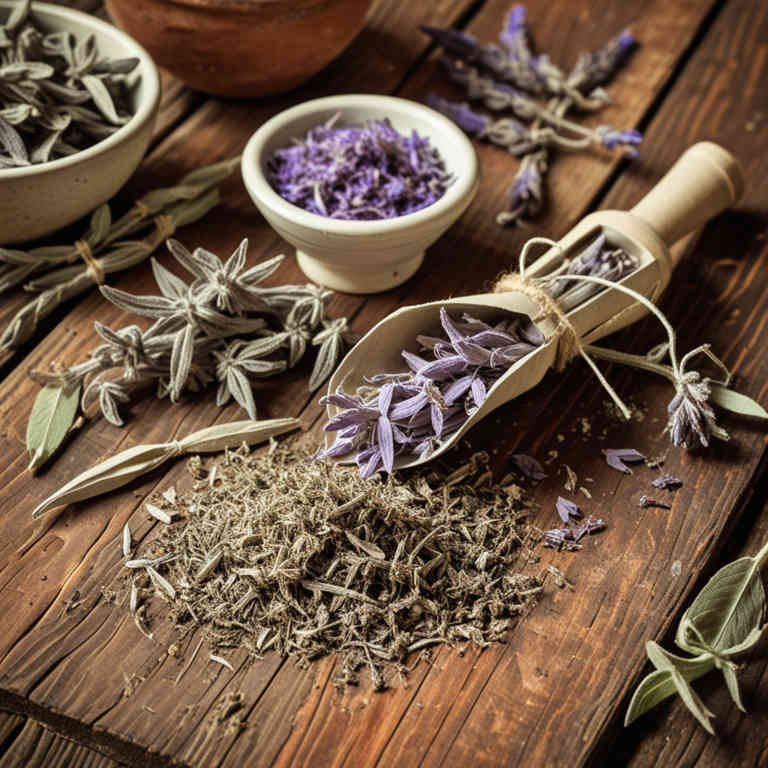
Salvia officinalis, commonly known as sage, has been traditionally used in herbal medicine for its soothing properties, particularly in addressing throat redness.
A decoction made from dried sage leaves can be prepared by simmering them in water for several minutes, allowing the active compounds to infuse into the liquid. This herbal preparation is believed to have anti-inflammatory and antimicrobial effects, which may help reduce inflammation and irritation in the throat. Sage decoctions are often used as a natural remedy for sore throats, especially when accompanied by symptoms like coughing or excessive mucus production.
However, it is advisable to consult a healthcare professional before using sage, especially for prolonged periods or in individuals with certain medical conditions.
8. Hypericum perforatum
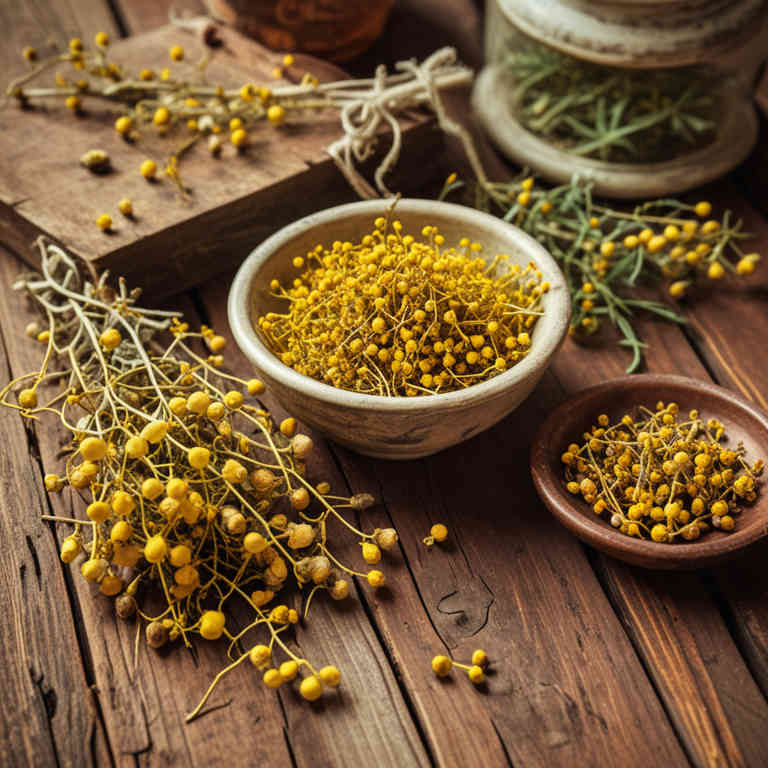
Hypericum perforatum, commonly known as St. John's wort, is traditionally used in herbal medicine for its anti-inflammatory and antimicrobial properties.
When prepared as a decoction, it involves simmering the dried herb in water to extract its active compounds, such as hypericin and hyperforin. This herbal decoction is often used to alleviate symptoms of throat redness, which may be associated with inflammation or infection. The anti-inflammatory effects of hypericum perforatum can help reduce swelling and irritation in the throat lining.
However, it is important to consult with a healthcare professional before using it, especially if taking other medications, due to potential interactions and side effects.
9. Sambucus nigra
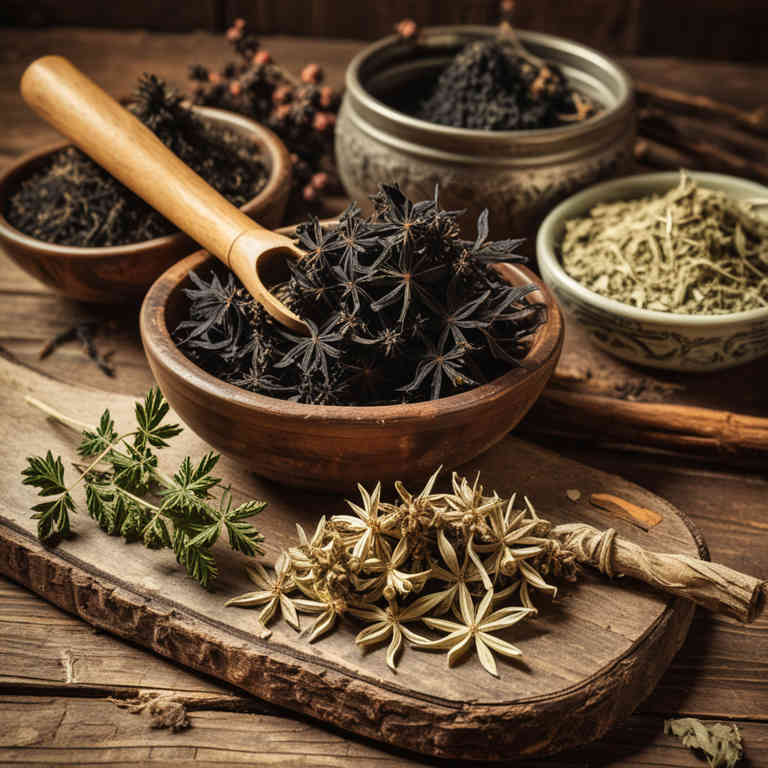
Sambucus nigra, commonly known as European elderberry, has been traditionally used in herbal medicine for its potential anti-inflammatory and antimicrobial properties.
Herbal decoctions made from the berries, flowers, or leaves of Sambucus nigra are often prepared by simmering the plant material in water to extract its active compounds. These decoctions may help alleviate symptoms of throat redness by reducing inflammation and fighting off viral or bacterial infections. Some studies suggest that elderberry contains high levels of flavonoids and anthocyanins, which may support immune function and soothe irritated tissues.
However, it is important to use Sambucus nigra cautiously, as raw berries and certain parts of the plant can be toxic if not prepared properly.
10. Rosmarinus officinalis
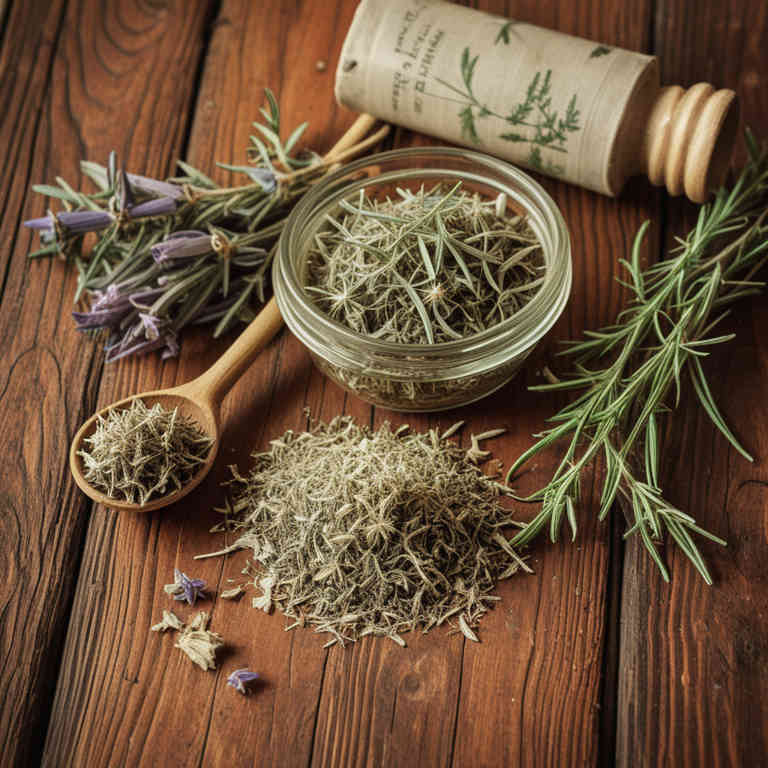
Rosmarinus officinalis, commonly known as rosemary, has been traditionally used in herbal medicine for its anti-inflammatory and antimicrobial properties.
When prepared as a decoction, rosemary can help alleviate symptoms of throat redness by reducing inflammation and soothing irritated tissues. The essential oils in rosemary, such as camphor and cineole, contribute to its ability to combat bacterial and viral infections that often cause throat irritation. To prepare the decoction, fresh or dried rosemary leaves are simmered in water for several minutes, allowing the active compounds to infuse into the liquid.
Regular consumption of rosemary decoction may support natural healing processes and provide relief for those suffering from persistent throat redness.